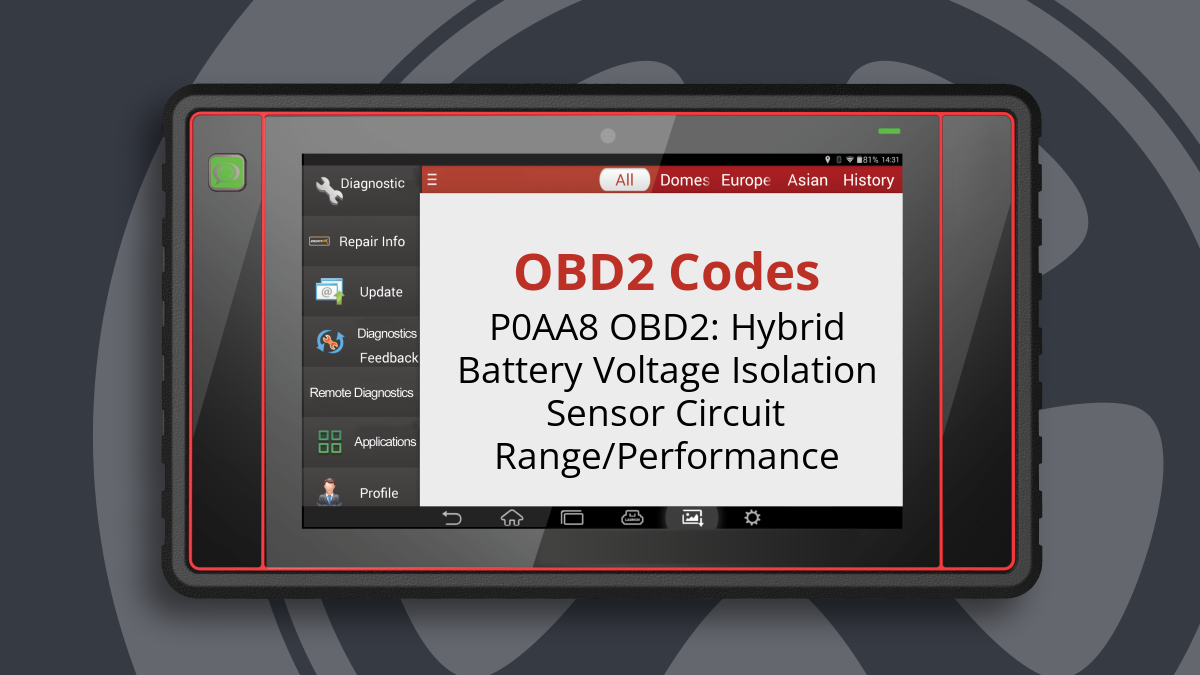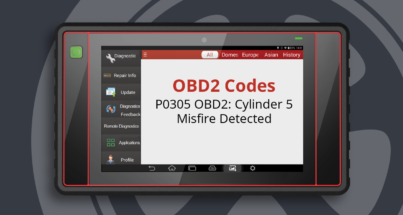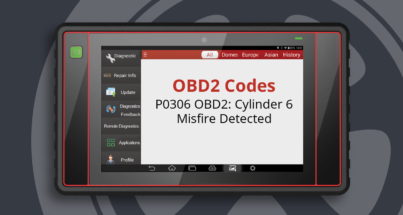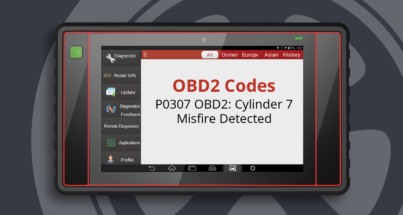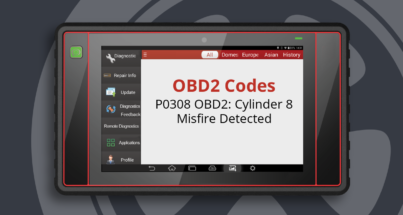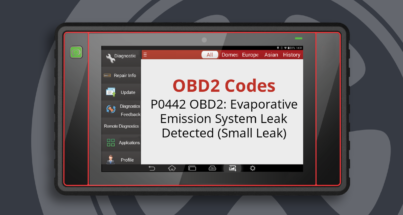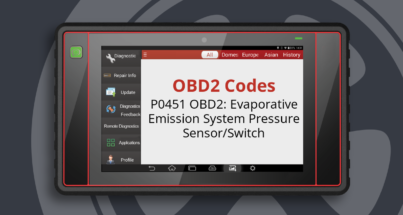The P0AA8 OBD-II code is related to the hybrid vehicle’s high voltage system, specifically indicating an issue with the Hybrid Battery Voltage Isolation Sensor Circuit. This sensor is crucial for monitoring the separation between the high voltage and low voltage systems within the vehicle.
What Does the P0AA8 Code Mean?
When the P0AA8 code is triggered, it signifies that the battery voltage isolation sensor circuit is functioning outside its normal range or performance parameters. This could potentially lead to severe issues with the vehicle’s high voltage system.
What Causes the P0AA8 Code?
The primary cause of the P0AA8 code is a failure in the battery voltage isolation sensor, which is located within the battery control module. If this sensor fails to operate correctly, it will trigger the code and may disable the high voltage system, affecting the vehicle’s performance.
What Are the Symptoms of the P0AA8 Code?
- High voltage system may not operate
- Vehicle will not charge
How Serious Is the P0AA8 Code?
The P0AA8 code is classified with urgent severity. It indicates that immediate action is necessary, as this malfunction can lead to severe damage to the vehicle and pose risks to the driver and passengers.
How to Diagnose the P0AA8 Code
Diagnosing the P0AA8 code involves a complete diagnostic routine, including:
- Using an OBD-II scanner to confirm the presence of the code.
- Visual inspection of the battery control module and associated wiring.
- Testing the battery voltage isolation sensor to confirm functionality.
Common Repairs for the P0AA8 Code
Common repairs associated with the P0AA8 code include:
- Replacing the battery voltage isolation sensor.
- Repairing or replacing damaged wiring or connectors within the high voltage system.
How Much Does It Cost to Fix the P0AA8 Code?
The cost of repairs for the P0AA8 code can vary widely depending on the make and model of the vehicle and the extent of the issues. On average, repairs may range from $100 to $1,000, including parts and labor.
Can I Fix the P0AA8 Code Myself?
While some experienced DIYers may be able to replace the battery voltage isolation sensor or perform minor repairs, it is recommended to seek professional assistance due to the high voltage systems involved. Proper diagnosis by a qualified mechanic can help prevent further issues and ensure safety.


